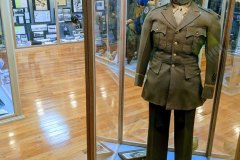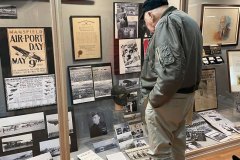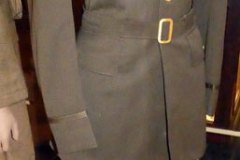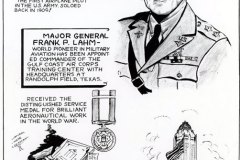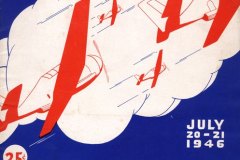Aviation

Aviation

Mansfield has a long and rich history when it comes to aviation. The first experience for Mansfielders took place in the 1850s when the first balloon was inflated in the city square. This interest in flight continues today. Mansfield had an influence with the Wright Brothers through Frank Lahm, Frank P. Lahm’s father and the Weaver family – they were instrumental in the beginning of the Wrights.

Other well-known Mansfield people who were in aviation were Mud Gardner, Gil Baird, Alan Tappan, Fred Haise, Willian John Pete Knight, Michael Gernhardt, and several women. To learn more about these pilots, and especially the women, visit the museum.
Frank P. Lahm


Frank P. Lahm was born in Mansfield in 1877. His father Frank S. Lahm wore many hats, one being that of a balloonist. He trained his son in this field, and in 1906 won the first Gordon Bennett balloon race from Paris, France to England. He flew further and faster than any of the other competitors. At the time he was a lieutenant in the US Army. Through the influence of his father, Lahm worked closely with the Wright Brothers, and in 1909 was the first military person to be a passenger on a plane. He was also the first person to be air sea rescued. With the successful flight in 1909, the Signal Corps purchased the first planes for the Army. During WWI Lahm was in the balloon corps. After the war, he designed the first all-military airport, Randolph Field, an air corps training field. His illustrious career went beyond his retirement. We are proud to call Brig. Gen. Frank P. Lahm a “Native Son.”





